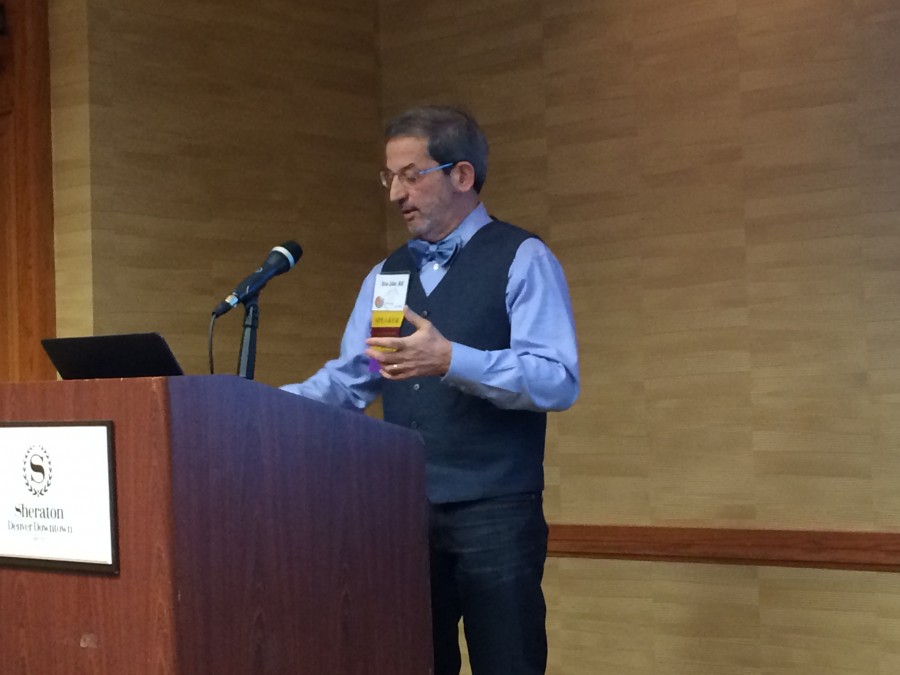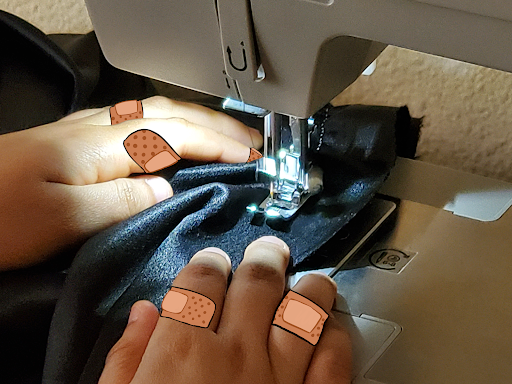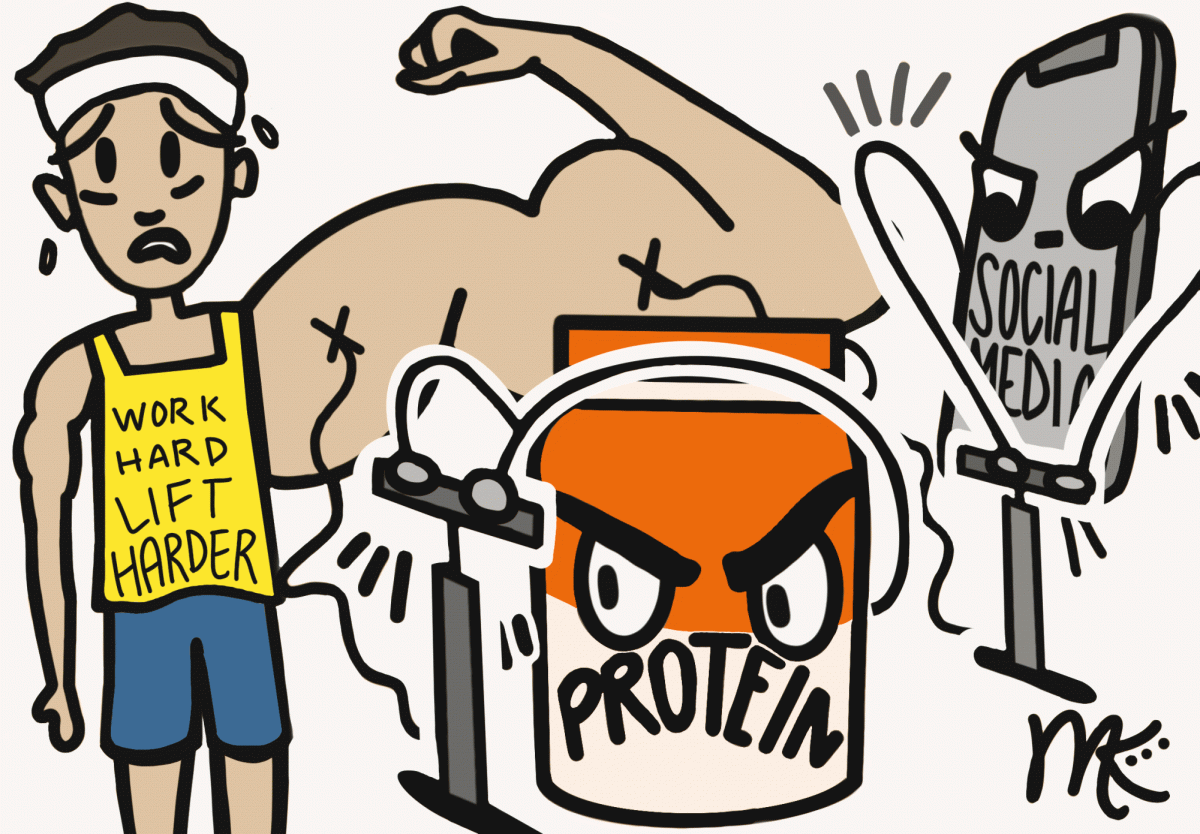By Sloane Samberson
Staff Writer
DENVER – This year, The Sidekick staff has strived to improve our publication by enforcing these three goals:
- Better ledes
- Better headlines
- More emotional photos
After arriving at the Sheraton Denver Downtown Hotel yesterday evening for the JEA/NSPA Spring National High School Journalism Convention JEA/NSPA, already on fire for journalism, I whip out my guidebook and began thumbing through the different sessions.
Keeping our three goals in mind, I intently scan through the sessions, reading titles that sound most interesting me. Flipping to page 33, one session in particular caught my eye. This is for you, my fellow staffers: “Ready…set…lede!” by Stan Zoller, a session that looks at effective lede writing.
Zoller is a journalism educator and award-winning journalist from Buffalo Grove, Ill., who has worked many years in the reporting field as well as helped develop journalism curriculum to advance scholastic journalism.
Beginning the session with the basics, Zoller talked about the how long ledes should be according to the Boston rule, 18 words or less, the Staff rule, 42 words or less, and the Boston/Staff compromise which is 30 words or less.
Quoting Larry Boston, Zoller said, “If you can’t tell me what the story is about in the first sentence…don’t write the second,” which is a very good rule of thumb considering people do not take time to read.
Of course, Zoller highlighted what every good journalist should always include, the 5 W’s (who, what, where, when and why), but what stood out to me what when he told attendees to consider the following:
- News Drivers
- Importance
- Timeliness
- Proximity
- Magnitude
- Prominence
- Conflict
- Human Interest
- Change
- Relevance
- Unusualness
I thought hard about these because he didn’t go into too much depth about what each of these meant, but these 11 words fully exhibit what a good lede should include (well, at least one of these aspects).
People crave news that is important. They crave conflict, change and unusualness. They crave relevance and timeliness. I mean, this is the 21st century, the world is at your fingertips, we want to know everything, and everything immediately.
If your lede is not interesting, then what makes the reader want to continue on? What makes them want to spend their time reading a 600 word story about a board meeting?
This can apply to many things. As writers, editors and photographers, if you’re bored writing a story or caption, more than likely (unless its your sweet grandma), the reader is going to find it boring too.
Next to the headline which captures the readers attention, the lede is what holds the reader’s attention.
Zoller also gave 15 tips to writing a good lede and I would like to highlight the following:
- Does the first word or phrase tell the most important ideas in the story?
If your lede does not tell what is most important, then what is its purpose? It is useless at that point. Your lede needs to encompass the whole story as accurately as possible in less than 35 words.
- Could the lede be cut from the rest of the story and published by itself?
Relates back to the previous tip. Your lede should be able to stand alone, then you know you have a really good lede. Think of a lede as a preamble; it explains the document’s purpose and underlying philosophy.
- Is the lede written as colorfully as possible?
No one wants to read something boring, but no one wants to read something ridiculously cheesy. It is possible to write a lede that is colorful and unique, but still tells the reader what they are going to be reading without revealing all the good stuff.
And lastly, when writing a lede, Zoller gave these tips to avoid writing a bad lede:
- Avoid overcrowding the lede. Don’t try to put everything you know into the first paragraph.
- Do not begin with a generality. Specifics tell the reader what happened, generalities don’t.
- Be cautious about using statistics.
- Do not back into the lede. The “what” is more important than “who” said it.
- Do not bury the lede. Put most interesting facts, often the conclusion to the story, first.
- Do not ask questions. The reporter’s job is to inform readers, not ask them a question.
- Do not write negative ledes. Do not report what didn’t happen or what won’t happen.
- Avoid quotation ledes. A news source never says anything with the idea of composing a lede for a news story.
- Beware of prepositional phrases.
I know that is a lot to take in, but I know, as a staff, we can improve our stories and our publication overall by writing ledes that are unusual, that are conflicting, that are relevant, that are of human interest, that are inviting.















